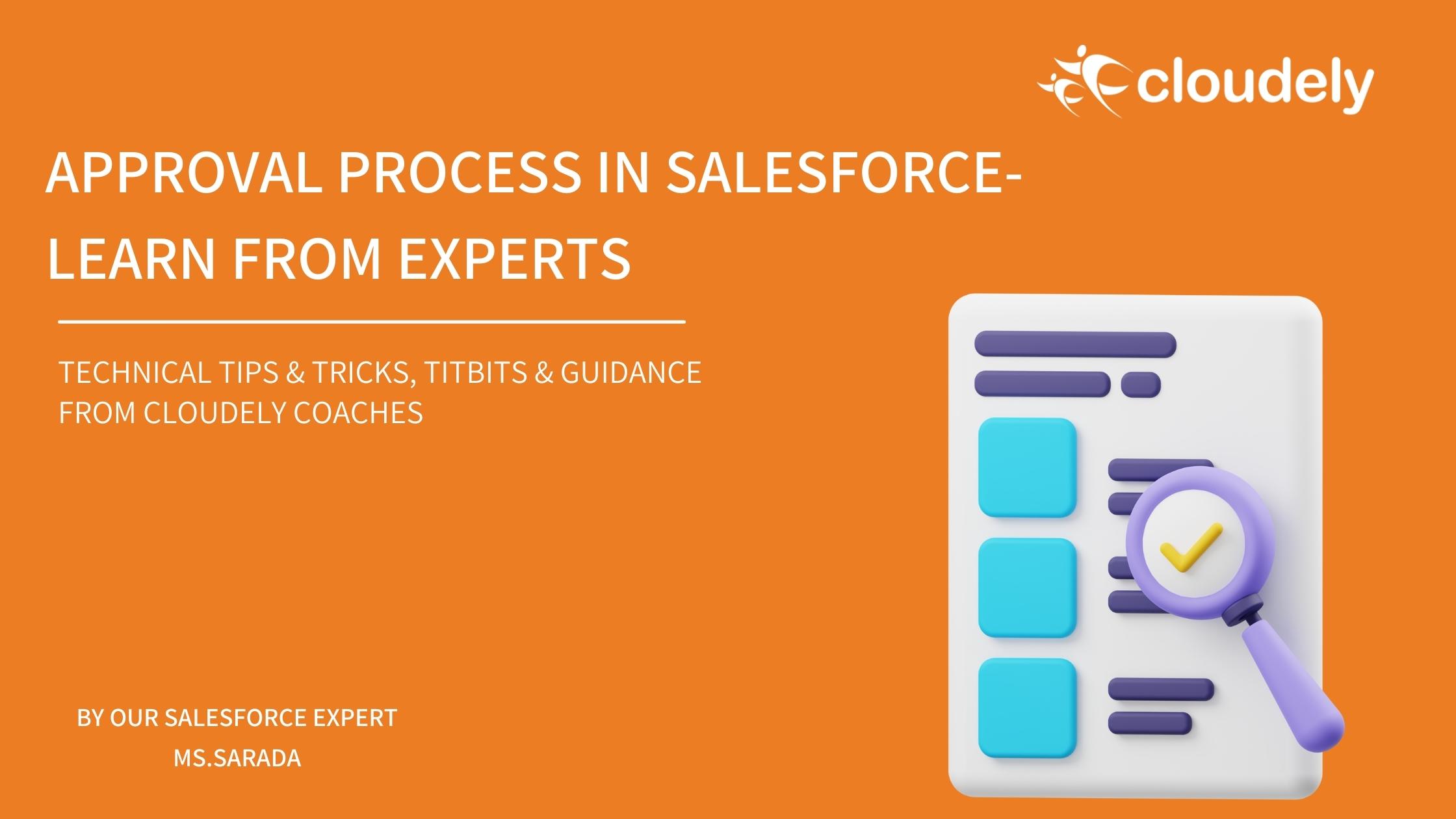In the business process, sometimes we may not have permission to directly take decisions. So, we go for Approvals from our Senior members. This is the place where the Approval Process Concept comes in Salesforce. The Approval Process in Salesforce is an automated process for approving records. Each approval process will be bound to only one object.
Types of Approval Process
There are two types of creating the Approval Process. They are:
- Jump Start Wizard
- Standard Setup Wizard
Jump Start Wizard
This type of Approval process requires fewer steps for creating Approvals. This wizard will be used less. In general, when we are lacking time or when we are creating a very simple Approval Process then we can prefer this Jump Start Wizard.
Standard Setup Wizard
This is the standard wizard everyone will use everywhere. This wizard has all the features needed in the Approval Process. This wizard will have a long list of steps, so it will give us the right to configure the approval process in a detailed manner. For complex business scenarios, we had to prefer this Standard Setup Wizard only.
Configuring Approval Process
There are two ways for configuring the Approval Process. They are:
- Define the conditions where criteria are met based on the defined logic.
- Define the formula, when it is evaluated to be true then will trigger the Approval Process.
Suppose the entry condition is blank then all the records will enter the approval process and need approval.
Approval Actions
During the creation of the Approval Process, there are four types of Approval Actions.
- Initial Submission Actions
- Final Approval Actions
- Final Rejection Actions
- Recall Actions
Initial Submission Actions
The actions in this step will come when the user first enters the Approval Process. What action needs to be taken when any record requests for approval? The actions may be sending email alerts, updating the field values, tasks, or outbound messages. It also helps to lock or unlock records.
Final Approval Actions
These actions define the final approval step which means what needs to be done when it passes all the approval steps.
Final Rejection Actions
These will define the actions when the record is rejected at any approval step. When there are multiple approvers and if any one person rejects the record then the action to be taken will be defined in this step.
Recall Actions
If any record needs to be recalled once after it is sent for approval then it will be defined in this Recall action. We cannot edit the Initial Submission actions but we can edit in all the other steps.
Approvers
There are three ways we can define the approvers for the Approval Process.
- By defining the hierarchical field or Manager field of User Record.
- We can also define the Manual Approvers which means the submitters can choose the approvers.
- We can also assign automatically to members in a Queue or set of users
Approval Notification
We can indicate the notification alert either the record is waiting for approval by the approvers or it has been approved by the approvers and will be notified either by using Email Notification and Chatter Posts.
Found this article informative? Share this article.
Looking for expert answers to Salesforce questions? Send them to salesforce@cloudely.com. Our Salesforce experts will answer your queries. Explore our online Salesforce training programs.

